THE COOK ISLANDS HAS AN OBLIGATION TO CONTRIBUTE TO THE PROTECTION OF THE COMMON HERITAGE OF HUMANKIND
The deep seabed in international waters beyond the Cook Islands, is also referred to as the Common Heritage of Humankind. As a sponsoring State of an area proposed for mining in the Clarion Clipperton Zone, the Cook Islands has a responsibility to protect it, just as we do our own seabed.
Deep seabed mining (DSM) is at a crossroads of advanced technological capabilities and improved scientific understanding of the oceans.
We have the mechanisms to mine the deep, but we also know that, much like land-based mining, DSM is expected to cause significant environmental harm to not just the seabed but potentially the water column above it. (Drazen et al., 2020)
There is increasing market demand for development of the seabed and its minerals. This corresponds with an increasing number of scientists who are “expressing concern about the potential for long-term and significant harm arising from deep-seabed mining”. (Jaeckel, Gjerde and Ardron, 2017; Chin and Hari, 2020)
The United Nations Decade of Ocean Science (2021-2030) and the call for a 10-year moratorium on DSM are an international recognition of the ocean’s importance to our future wellbeing and the need to check our unprecedented exploitation of marine resources.
It can be a time to enhance our understanding of the oceans and fully integrate the UN Sustainable Development Goals that call for a circular economy and precaution-based uses of our global common resources.
The Common Heritage of Humankind
Alfrid Pardo was the ambassador of Malta to the United Nations Convention on the Law of the Sea (LOS) in the 1960s. Pardo, and other small island nation representatives, fought to designate the poorly understood deep seabed, beyond national boundaries, as the Common Heritage of Humankind.
As a result, the Earth’s largest ecosystem has been legally designated as a common resource. Under international law, this demands a continuing return to humankind over the generations. (Wolfrum, 2009; Lodge, 2012; Jaeckel, Gjerde and Ardron, 2017) Indeed, the Common Heritage of Mankind “informs every aspect of the seabed mining regime.” (Jaeckel, 2017, p. 81)
The Cook Islands is a sponsoring State alongside a mining company with a claim to mine in the international waters (specifically the Clarion Clipperton Zone). As sponsors, we have a role as global citizens to provide an important safeguard for environmental protection of our common heritage.
The principle of state sponsorship as an important component of protecting marine environments was upheld by the Seabed Disputes Chamber and the requirement for a precautionary approach in DSM activity was simultaneously reinforced (Freestone, 2011; see also the 2011 ITLOS Decision on Sponsoring States) The decision emphasized that sponsoring states have a “direct obligation” to assist the ISA in exercising its authority over the Common Heritage of Mankind. (Freestone, 2016)
The scientific understanding of the deep seabed and the water column above, although still minimal, has improved and we now know it to be a home of thriving ecosystems and unique species found nowhere else on earth (Miller et al., 2018). As a “custodian of the common heritage of mankind," (International Seabed Authority, 2018, para. 8) the ISA and the Cook Islands are responsible for ensuring that its development is done in a manner consistent with the international demand for sustainability and protection of biodiversity. (Hunter, Singh and Aguon, 2018)
The eyes of the world are upon us. As a sponsoring State, the Cook Islands plays a vital role in ensuring that DSM activities, both within its EEZ and without, do not cause significant harm to the marine environment. Without a 10-year moratorium to study and better understand this new frontier can the Cook Islands, or the ISA, adequately fulfill this role?
Note all references in the text are available on request.
test mining

A 26-year-old test-mining track in the Peru Basin, Pacific Ocean illustrates how slowly abyssal ecosystems of the deep seabed recover from physical disturbance. Image: Geomar, ROV Kiel 6000. From Chin, A and Hari, K (2020)
